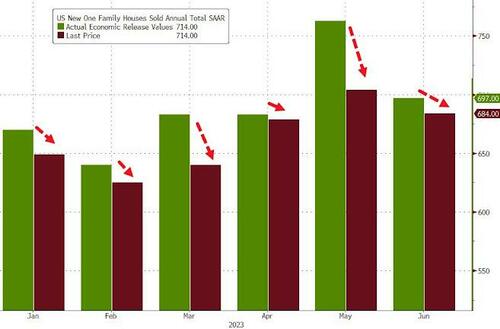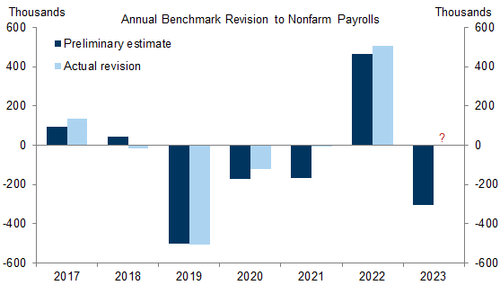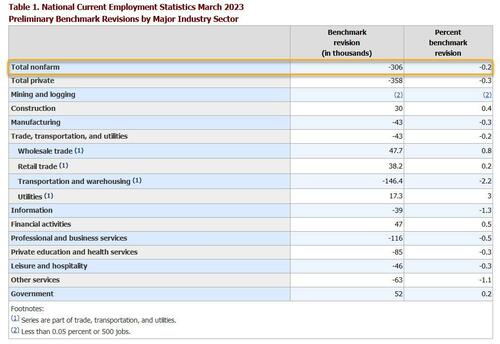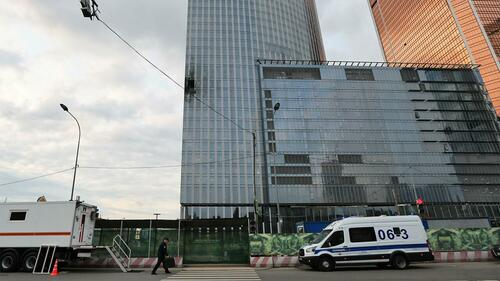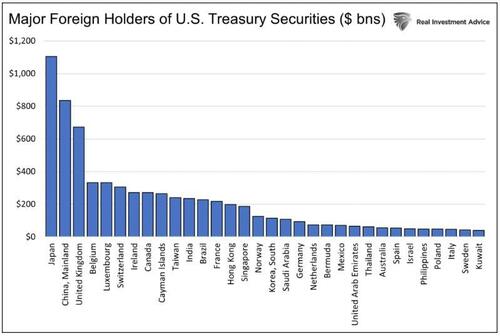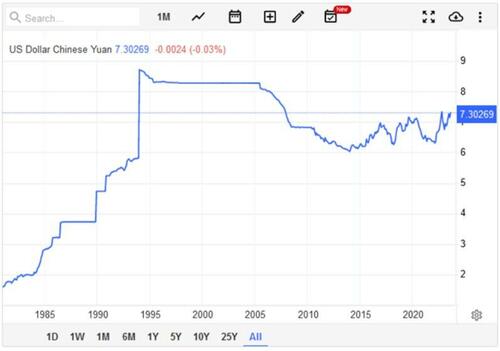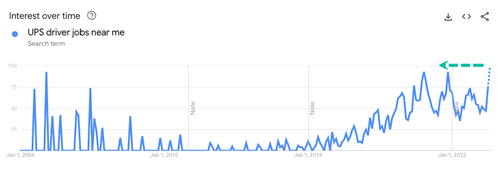
The first votes in the Republican presidential primary are scheduled to be cast by caucus-goers in Iowa on January 15. That’s 145 days from today, when the first debate in the contest will be held in Milwaukee, Wisconsin.
To put that in context, it would be like holding the first debate for next year’s general election—scheduled for November 5—in late March. That would be obviously absurd. Tonight’s event is no less so.
In fact, the math is even less kind than it might seem at first blush. The Iowa caucuses aren’t really equivalent to November’s general election. They are weird, sparsely attended, and unlikely to be dispositive. The same is true for the Nevada caucuses scheduled for February 8. Republicans will have their first true primary on February 28 in South Carolina, but the date that really matters is March 5, when 13 states plan to hold their GOP primaries.
That’s 195 days away. It would be like holding a general election debate in early February.
America, we don’t have to do this to ourselves.
Every year, social media is full of people complaining about stores decorating for Christmas at seemingly earlier and earlier points. It’s happening already this year. But holiday season–creep has got nothing on election season–creep, which is more expansive and less productive. Holding a debate tonight is like decorating for Christmas well before the Fourth of July (a gap of 174 days).
It’s worth asking: Who is tonight’s debate for? Is there one voter in the entire country who will hear something tonight that convinces him or her to vote for Vivek Ramaswamy or Nikki Haley—and then will never be swayed from that choice over the next six months? Perhaps, but there certainly aren’t many more than one.
At best, tonight’s debate is a glorified preseason football game—an unwatchable spectacle that no one ought to enjoy. Like in many preseason games, the star player is on the bench. In his absence, the prospective backups will compete to earn what’s unlikely to be anything better than a third-string spot on the final roster.
In fact, if reports are to be believed, some of them aren’t even trying to earn the starting role.
But even that comparison flatters what we’re doing here. There are a mere 192 days between the first snap of the preseason and the scheduled kickoff of this year’s Super Bowl.
The way-too-early start of the presidential primary season creates some practical problems too. A less insane schedule—say with the first debates happening in early January, still two months out from the first real primary—would give voters, donors, and candidates a better sense of the shape of the race. We’d have more information about former President Donald Trump’s legal issues, for one. Candidates who simply couldn’t hack it would have already packed up and gone home for lack of money. And the stakes that will define the 2024 general election would be more clear. Messages could be more carefully honed, questions tailored, and with limited time before voting starts the candidates would have a stronger incentive to actually debate one another.
And that is, of course, the point. Debates are crucial to democracy, but they’re more useful when held in formats and at times that allow voters (who have better things to spend their time on) to grasp distinctions between candidates. For all the many, many problems with the Commission on Presidential Debates, which runs the general election presidential debates, it basically gets the scheduling part right. There are usually three debates, all held in the final weeks of the campaign.
A silver lining, albeit a faint one, might be Trump’s absence from tonight’s debate. With the clear front-runner absent, fewer people will tune in to watch. Perhaps those lower ratings send a market signal to the cable news stations that plan and host these primary debates.
Trump’s threatened absence from future debates might even cause a reconsideration about how many there should be. For now, there’s only one more officially scheduled (September 27 in California), though many more are likely.
That’s probably a naive hope. Still, no matter what Fox News and the other Republican candidates decide to do, remember that you have a choice too. You can spend time with your family. You can play with your pets. You can watch an endless cornucopia of other shows, movies, and sporting events on television. You can read a magazine.
There are 145 days before anything that’s said tonight will matter, if anything said tonight ever does.
The post The GOP Primary Debates Are Starting Way Too Early appeared first on Reason.com.
from Latest https://ift.tt/aDltc8O
via IFTTT

 Самолёт, который разбился в Тверской области, принадлежит Евгению Пригожину, утверждают издание Baza и журналистка Ксения Собчак. На борту бизнес-джета Embraer, как утверждается, были 7 человек, они погибли.
Самолёт, который разбился в Тверской области, принадлежит Евгению Пригожину, утверждают издание Baza и журналистка Ксения Собчак. На борту бизнес-джета Embraer, как утверждается, были 7 человек, они погибли.


